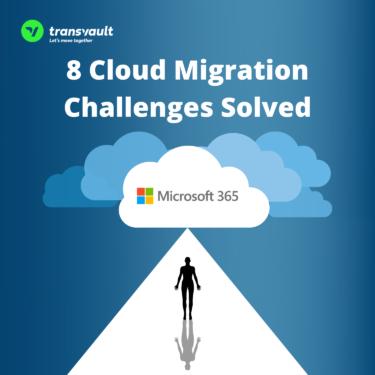How to control the costs of your Email Archive Migration
Migrating your email archives to Cloud platforms such as Microsoft 365 is often a major project for a business both in terms of time, but also cost and resources. Understandably the topics of price and cash flow needs careful consideration.
In this article we explore two of the most common approaches to paying for your email archive migration. We also look at why your decision on which vendor to choose must consider the outcome they will deliver as well as the cost of the migration
Read more – How to control the costs of your Email Archive Migration



